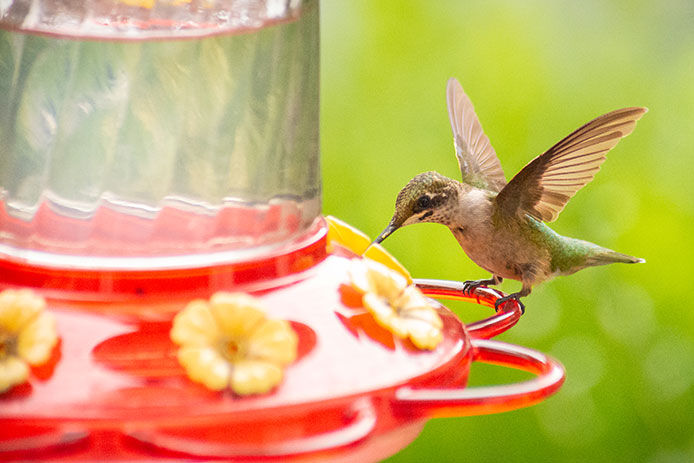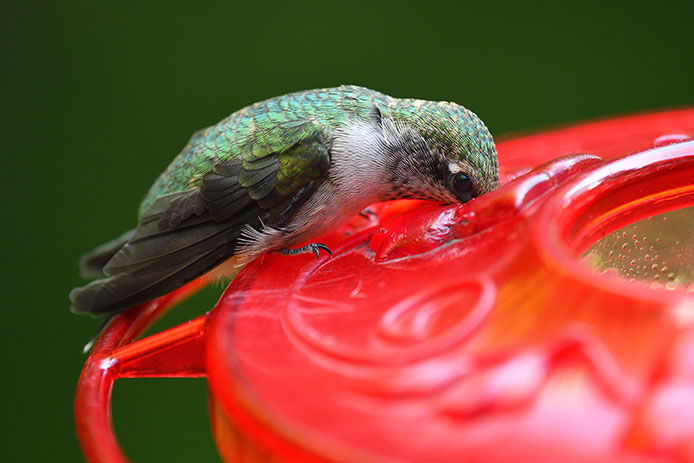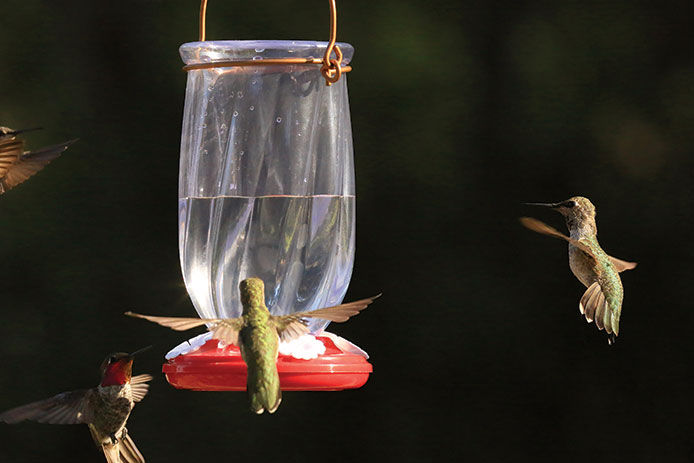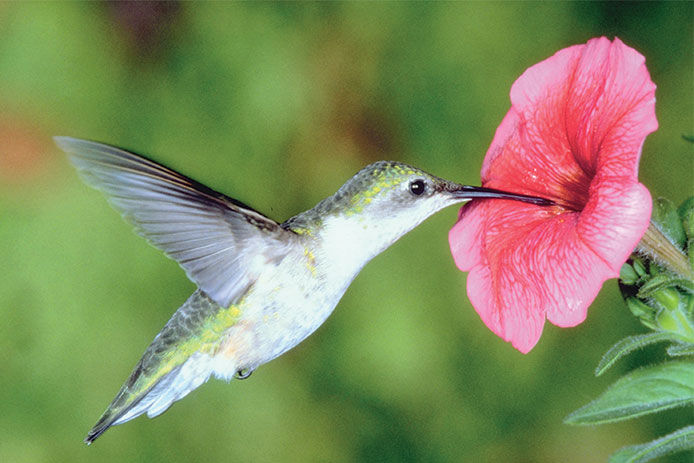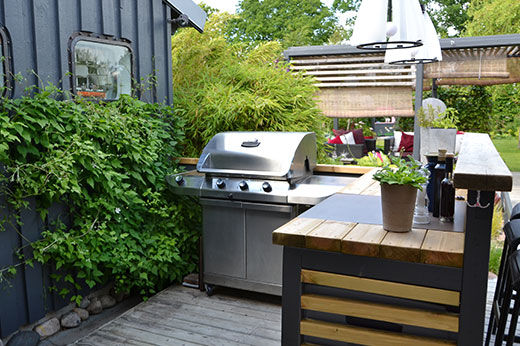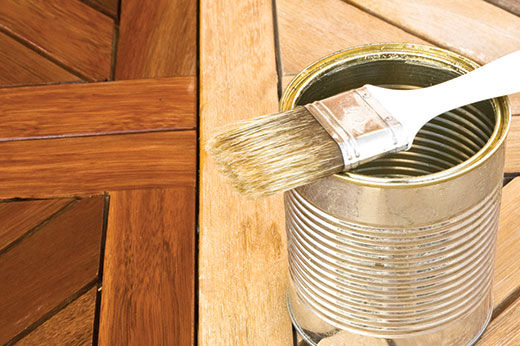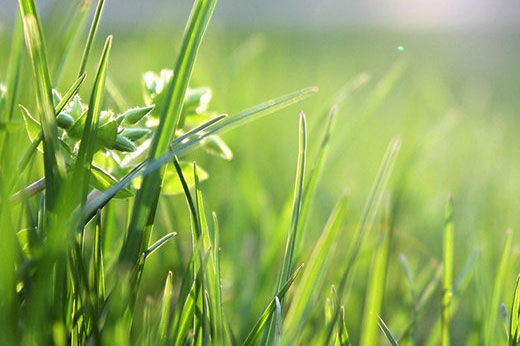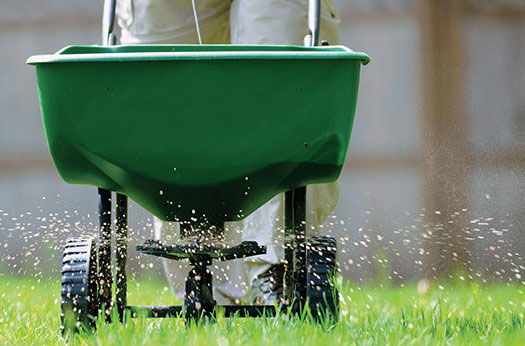How to Mix Hummingbird Food
Pre-mixed hummingbird nectar quickly becomes expensive when you change out the feeders as often as recommended. Consider making DIY nectar instead of spending dozens of dollars a month just to attract more hummingbirds. According to recommendations from sources like the Smithsonian National Zoo, all you need is plain granulated white sugar and water. The recipe is:
- 1 part sugar
- 4 parts warm water.
Simply mix until the sugar is all dissolved. Don’t add red dye, herbal extracts, or any colorings or additives in general. Hummingbirds don’t need them, even if they’re included in commercial products you find at the store. The healthiest mix mimics the nectar found in flowers that’s purely a combination of sugar and water. Brown sugar or sugar substitutes aren’t safe for hummingbirds either because they can affect their liver or encourage fungal infections. Stick to granulated white sugar even if you don’t personally include it in your diet.


